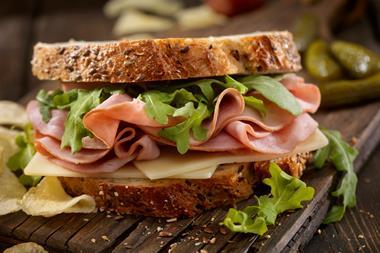Paul Catterall,
Bakery technology manager, Campden BRI
Just when we thought we had everything (almost) under control with our salt levels in bread, we get another missive from the Food Standards Agency with its first raft of recommendations for reduced saturated fat in bakery products. Following consultation with the industry they have announced specific targets to reduce the saturated fat content in plain, sweet and savoury biscuits, and plain cakes by at least 10%; and 5% in non-plain biscuits (those not containing chocolate) by 2012.
It’s a difficult question: who is responsible for what we eat? Consumers must take some responsibility for their diet and cannot always blame the baking industry for making products that are tempting and delicious. Bread may be a staple in the diet, but cakes and biscuits are seen as treats. Consumers know they contain fat and sugar and they may not be healthy, but they make you feel good and that is a distinct benefit. But at the same time, the industry must realise we do have a responsibility for the components of our products.
One of the problems is that there was previously no incentive to reduce fat levels; they would have to be reduced by at least 25% to make a claim and, if we could not make a claim, why should we bother? When I started in the industry we had a free rein on the ingredients we used for product development and, as a result, we used high levels of fats and sugars. Even now, many recipes that have high levels of these ingredients could easily be reduced by quite simple reformulation and I have often suggested that a small reduction would benefit consumers’ diet. So now we have the impetus to reduce fat levels, but ensure you understand its functionality in your product before you do anything drastic.



































No comments yet